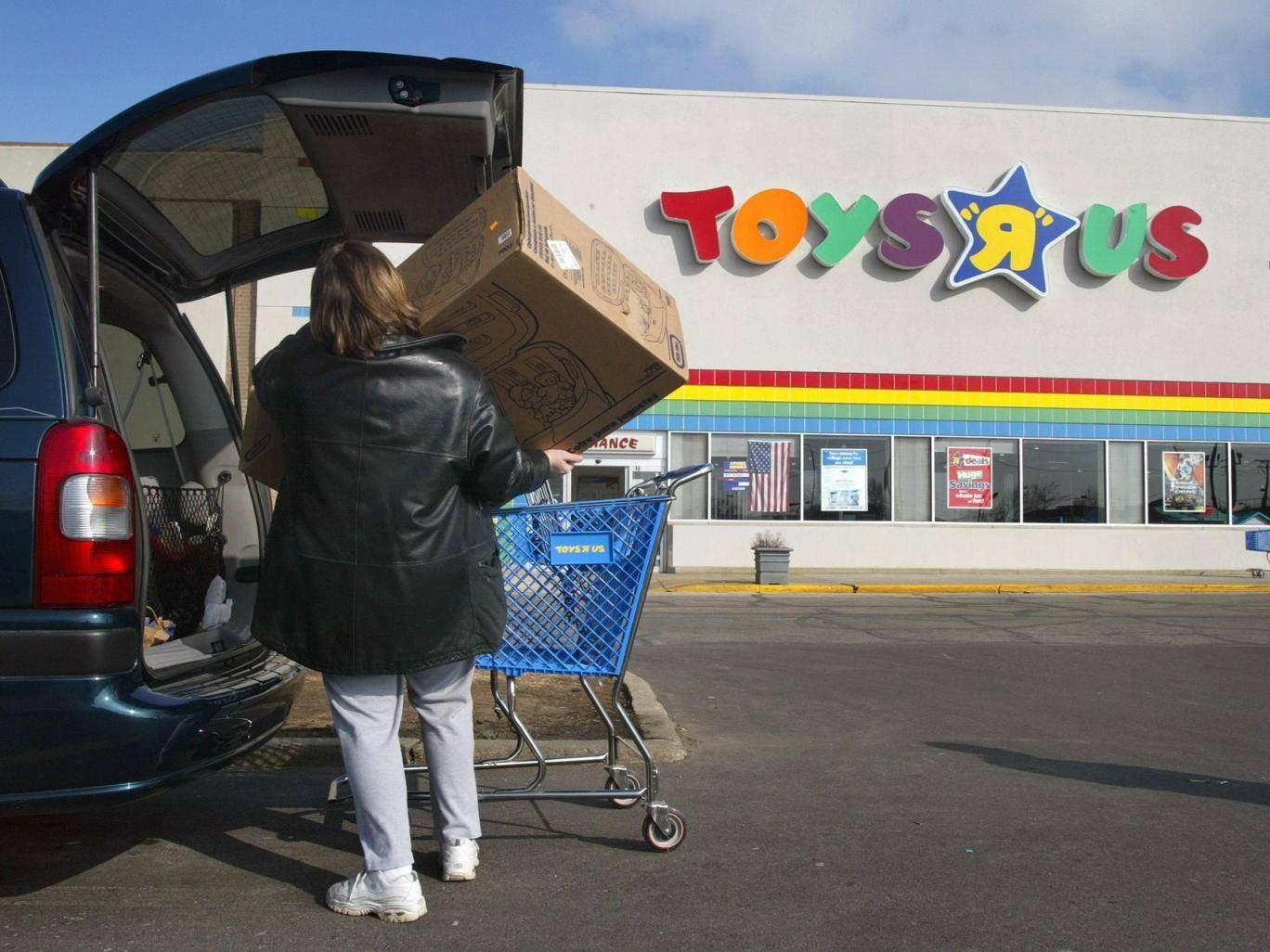Are controversial rescue deals for retailers like House of Fraser hurting ordinary savers' pensions?
Slashed rents for big-name chains leave pension funds millions of pounds out of pocket and some experts say the system is being abused

Ordinary savers could be losing out from the flood of rescue proposals being put forward by high street chains to axe stores and slash rents, industry figures have warned.
The issue came to a head this week as House of Fraser became the latest big name to propose a turnaround deal known as a Company Voluntary Arrangement (CVA). It followed New Look, Byron, Jamie’s Italian, Carpetright, Mothercare and Prezzo.
Pension funds are landlords for many of the buildings on UK high streets. Slashed rents mean millions of pounds less will flow into those funds, to the detriment of people whose savings are invested in them.
The British Property Foundation – the landlords’ trade body – says the process is being abused to cut bills at failing companies.
But is this just a case of wealthy property owners crying foul to protect their own interests or does the system need to change to stop ordinary savers losing out?
Matthew Weaver, a barrister specialising in insolvency at Radcliffe Chambers, says CVAs are a legitimate tool but have the potential to be abused.
The first problem is the voting system. A company needs three-quarters of its creditors to vote in favour of a CVA. As part of the proposal, it can divide those creditors into different levels, with some receiving next to nothing while others walk away unscathed.
This gives firms an incentive to load all of the pain onto certain, less favoured, groups, safe in the knowledge that 75 per cent of creditors will get off lightly and so will vote for the CVA.
“There is the potential to manipulate creditors in order to get the CVA through and leave the remainder dead and buried with no legal recourse,” says Weaver, although he adds that he does not have evidence that this has happened in practice.

Mark Fry, a partner at turnaround specialist BTG, which is representing a group of House of Fraser’s creditors, says the process is further stacked against landlords because the CVA voting system means their votes are worth less than those of other creditors.
Landlords are particularly aggrieved by House of Fraser’s rescue deal because, if it goes through, it will allow one of the company’s main shareholders to cash out £70m while creditors take big losses.
“It is very unusual for a shareholder to exit at that point,” says Fry. Shareholders are lower in the value chain than creditors, meaning they generally get their money last, once a company’s debts are paid off.
Meanwhile, banks that have made big loans to the company have not been asked to take losses, making landlords feel unfairly targeted.
Lack of transparency is also a big problem, Fry says, sentiments echoed by Ian Fletcher, director of real estate policy at the British Property Federation.
Fletcher says the advisers who draw up the deals have too much power. “There’s no second opinion on a CVA,” he says. “The insolvency practitioner is judge, jury and executioner.”
Those practitioners collect lucrative fees. KPMG billed £970,000 for its work on Byron, while Deloitte charged £320,000 for drawing up and supervising New Look’s CVA, for example.
Then there is the question of whether they actually work. While there have been some good examples where companies have turned around, failures are far more common.
Virtually all high-profile retailers who have gone into a CVA later went into administration or liquidation: BHS, Toys ‘R’ Us, Game, JJB, Blacks, to name a few. Fletcher can think of only Travelodge and bed retailer Dreams that successfully restructured. Matthew Weaver recalls only Tie Rack, which launched its CVA four years ago.
“If all you are doing is putting of the evil day but not changing the fundamental business model, you are just moving a date,” Matthew Weaver says. “That stuffs creditors even more.”
Formal insolvency would be a better option in some cases, he says. “Some of these companies just need to be rescued rather than desperately trying to keep the wolf from the door; trying to save something that, in reality, can’t be saved.”
That assessment is backed up by the data. Of 65 per cent of CVAs entered into in 2013, less than a fifth were ever fully implemented, 16.5 per cent are still ongoing, and 65 per cent were terminated without achieving all of their objectives, according to recent research commissioned by R3, the trade body for the restructuring industry.
Despite the gloomy figures, Duncan Swift, vice president of R3, says a CVA remains the best option in many cases.
“Without a CVA, creditors would be very likely to see less money back from the insolvency process, there would be even bigger disruption for related supply chains, and we would see more job losses,” he says.
However, there is room for reform, Swift concedes. He recommends capping the length of the agreements at three years, which he says will give companies a better chance of survival.
The responsibilities of company directors and CVA supervisors also need to be clearer and standard terms and conditions must be introduced he says.
Ian Fletcher of the BPF wants to see an independent body set up to assess CVAs to ensure companies and advisers treat creditors fairly.
Lance Ashworh QC, a barrister at Serle Court, cautions against giving landlords too much thought. They would be entitled to full rent under a formal insolvency, as opposed to a fraction of it under a CVA, but this can hasten the downfall of a struggling company, he says.
“In the end it might be said that [a CVA] ends up spreading the effects of a business running into financial difficulties more fairly among all creditors.
“The need for reform is not as pressing as landlords and their agents would have it.”
Join our commenting forum
Join thought-provoking conversations, follow other Independent readers and see their replies
Comments